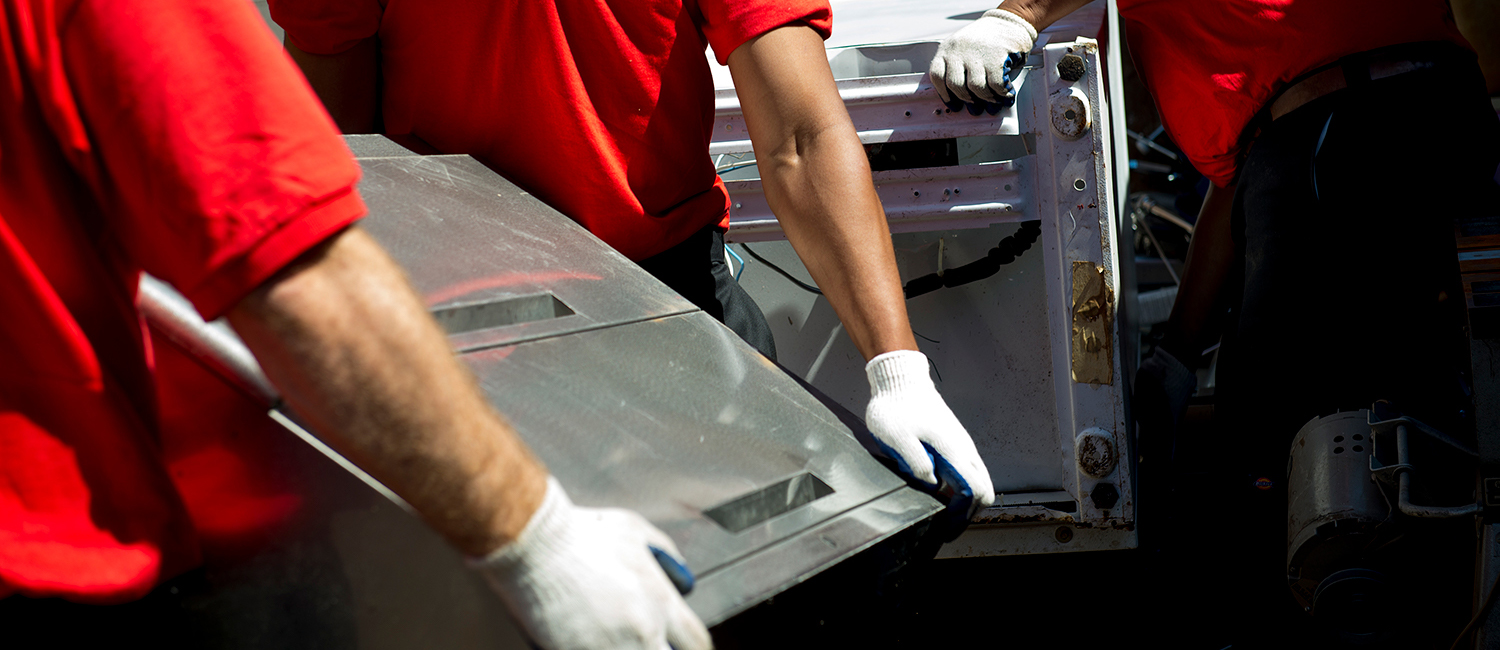A Total Overview To Determining The Perfect Dumpster Dimension For Your Task
A Total Overview To Determining The Perfect Dumpster Dimension For Your Task
Blog Article
Short Article Composed By-Cabrera Berger
When embarking on a task that requires a dumpster, the dimension you select can significantly impact its performance and cost-effectiveness. Visualize having the best container that fits all your waste without being exceedingly huge or also little. Everything starts with understanding the nuances of your task and choosing a dumpster size that lines up with your particular needs. So, prior to you choose, think about the variables at play to guarantee a smooth waste management procedure from beginning to end.
Aspects to Think about
When choosing the appropriate dumpster dimension, there are a number of essential variables to think about.
Initially, think of the kind of waste you'll be taking care of. Different materials might need varying quantities of space, so understanding what you'll be putting in the dumpster is critical.
Next, analyze the quantity of waste you expect to create. If you take too lightly the volume, you may need to make several journeys to dispose of everything, which can be bothersome and pricey. On the other hand, renting out a dumpster that's too large can lead to unnecessary expenditures.
Furthermore, think about the space where the dumpster will certainly be positioned. Make sure there suffices area for the dumpster to be supplied and picked up with no blockages.
Lastly, consider any weight limitations that may apply. Surpassing the weight limit can result in additional fees and even the rejection of service.
Dumpster Dimension Alternatives
For choosing the best dumpster size, it's important to have a good understanding of the offered choices. Dumpster dimensions usually vary from 10 to 40 cubic yards, with variations in between.
http://adahdagmar69.jigsy.com/entries/general/Redefining-Areas-Inspiring-Before-And-After-Stories-Of-Renovation-Projects-With-The-Help-Of-Dumpsters -yard dumpster appropriates for tiny projects like a garage cleanout or a small renovation. If you're taking on a medium-sized job such as a cooking area remodel or a basement cleanout, a 20-yard dumpster might be the ideal selection.
For larger tasks like a whole-house renovation or business building, a 30 or 40-yard dumpster could be better to fit the quantity of waste created.
When choosing a dumpster dimension, consider the amount and type of particles you expect to dispose of. It's better to select a somewhat larger dimension if you're unsure to stop overfilling. https://www.bellinghamherald.com/news/local/article275461871.html in mind, it's even more economical to lease a dumpster that fits your demands as opposed to needing to buy an added one.
Matching Size to Job
Optimally matching the dumpster size to your project is essential for reliable waste monitoring. To determine the appropriate size, think about the range and nature of your project.
For small home cleanouts or renovations, a 10-yard dumpster might suffice. These are typically 12 feet long and can hold around 4 pickup truck tons of waste.
For larger jobs like renovating numerous areas or cleaning out a huge estate, a 20-yard dumpster might be better. These are around 22 feet long and can hold about 8 pickup truck lots.
If you're dealing with a significant building and construction job or business remodelling, a 30-yard dumpster could be the very best fit. These dumpsters are about 22 feet long and can accommodate regarding 12 pickup loads of debris.
Matching the dumpster dimension to your job guarantees you have enough area for all waste products without overpaying for extra capacity.
Final thought
Finally, choosing the best dumpster size for your task is essential for reliable waste disposal. By taking into consideration elements like the type and amount of waste, space accessibility, weight limitations, and budget plan restraints, you can ensure you have the suitable size dumpster for your needs. Make certain to match the dimension of the dumpster to the range and nature of your project to stay clear of overspending on unnecessary costs.
